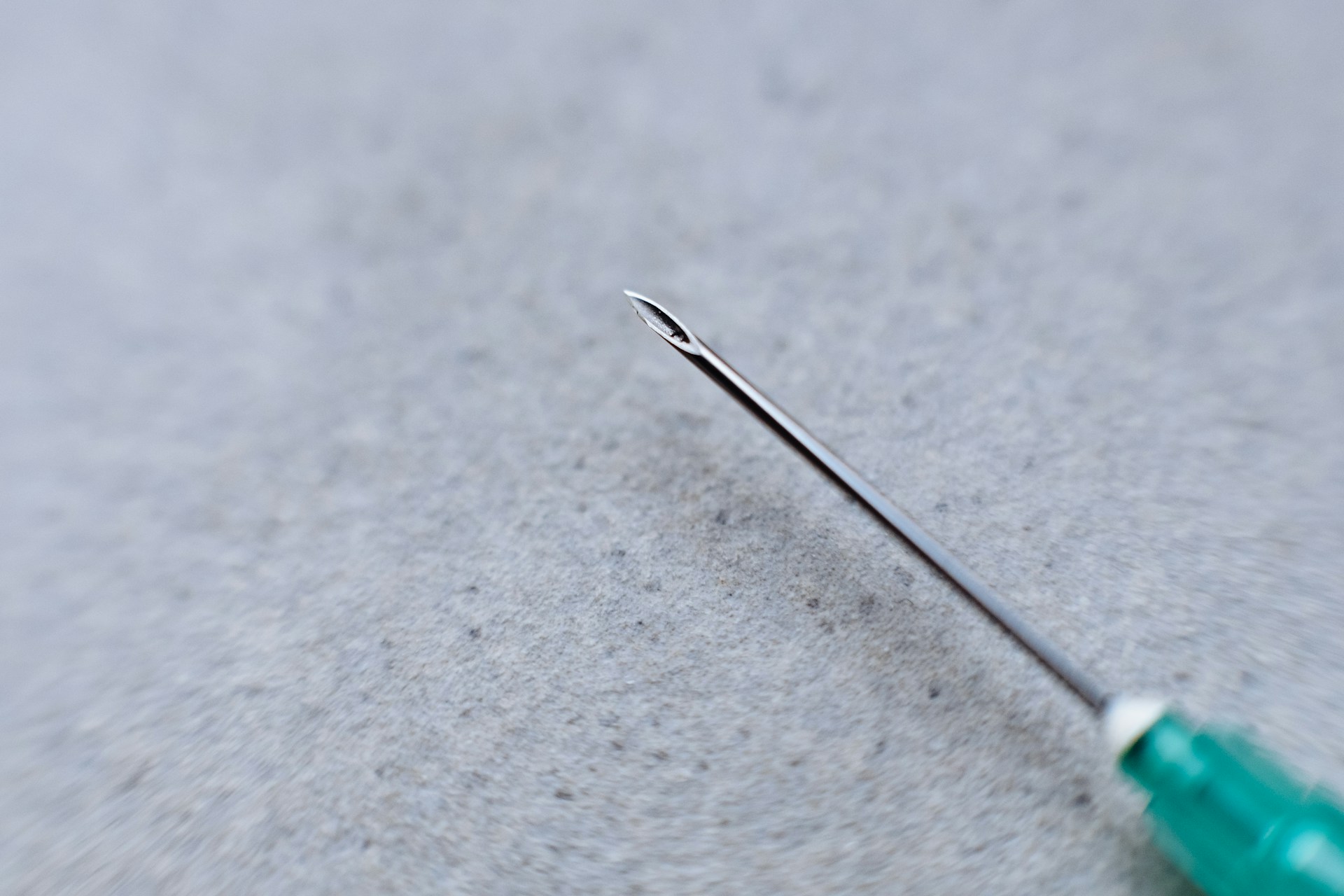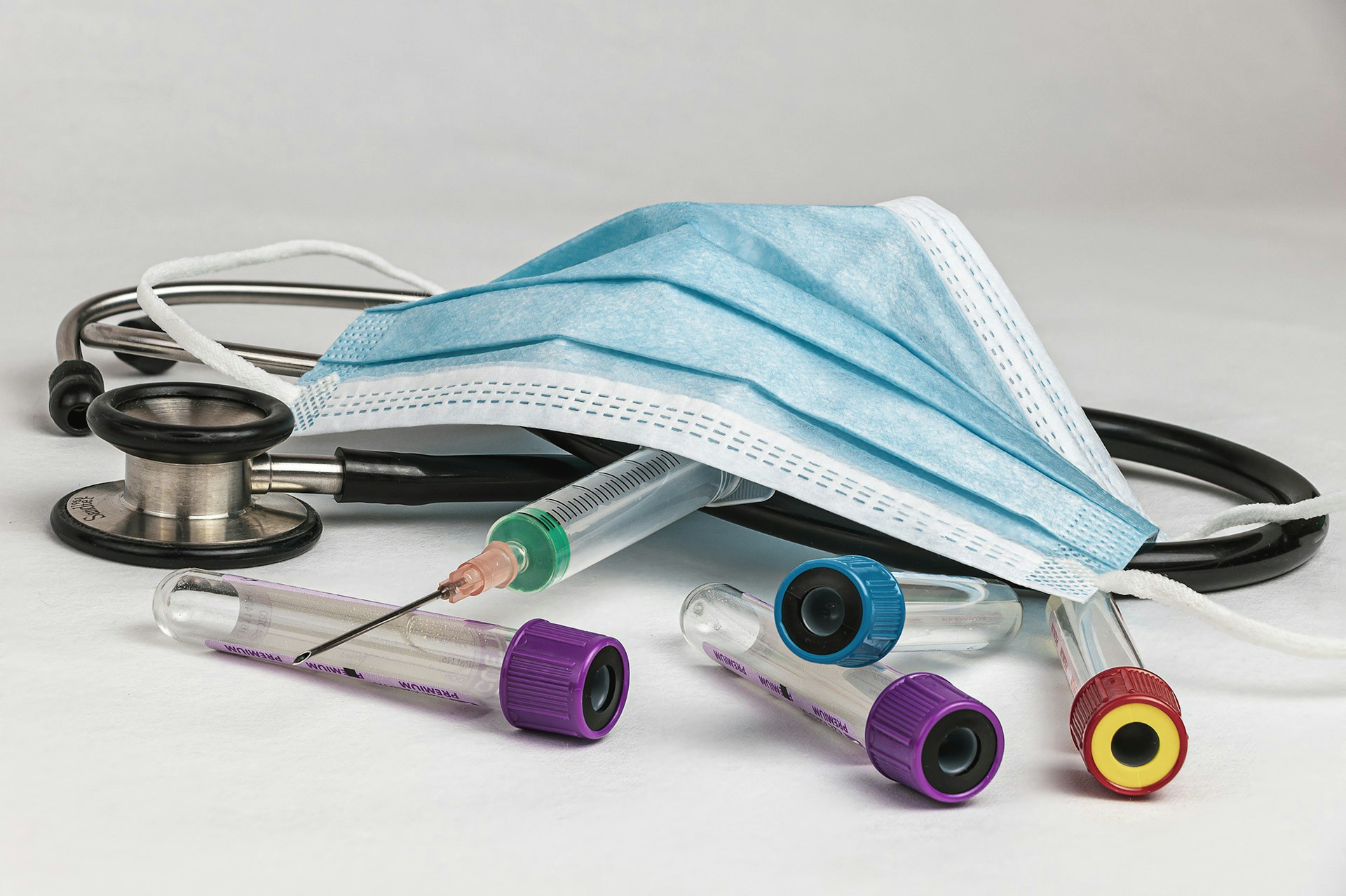
The Rise of GLP-1 Drugs and the Challenges of Proper Disposal
Key Takeaways Concerns Regarding GLP-1 Needle Disposal GLP-1 medications are a variety of drugs

Kerri O’Keefe had worked as a care aide in the emergency department at Vancouver General Hospital (VGH), in British Columbia, for more than 15 years, transporting patients and helping them with all their basic needs. She loved her job—but according to news reports in the Vancouver Sun, she also had a desperate addiction to drugs, and working in a busy hospital emergency room was the perfect place to steal them.
Ms. O’Keefe would ransack sharps bins and other biohazard waste containers, digging out discarded vials and syringes that still contained leftover traces of morphine and fentanyl and sneaking them home in her backpack, where she would inject the collected remnants.
In 2014, the DEA issued new regulations that controlled substances be rendered unretrievable and unusable after disposal. “Pharmaceutical waste companies have [issued] a lot of new products since that ruling to help facilitate compliance,” Dr. O’Neal said.
VGH is not alone in overlooking the waste stream as an important area to secure controlled substances, said Brian O’Neal, PharmD, the senior director of pharmacy and biomedical engineering at Children’s Mercy Hospital, in Kansas City, Mo., and an expert in preventing the diversion of controlled substances.
The most common, as Dr. O’Neal noted, is when syringes, vials or even topical transdermal patches that have already been used are placed in waste containers. In a survey conducted by ASHP a little over a year ago, at least 30% of hospitals said they used one of these waste management solutions, Dr. O’Neil said.
Originally reported by Pharmacy Practice News February 7, 2017.

Key Takeaways Concerns Regarding GLP-1 Needle Disposal GLP-1 medications are a variety of drugs

Better Sharps Waste Management Medical innovations in sharps disposal are ongoing. And Post Medical

Whether you’re part of a hospital, pharmacy, independent in-home care business, veterinary clinic, or